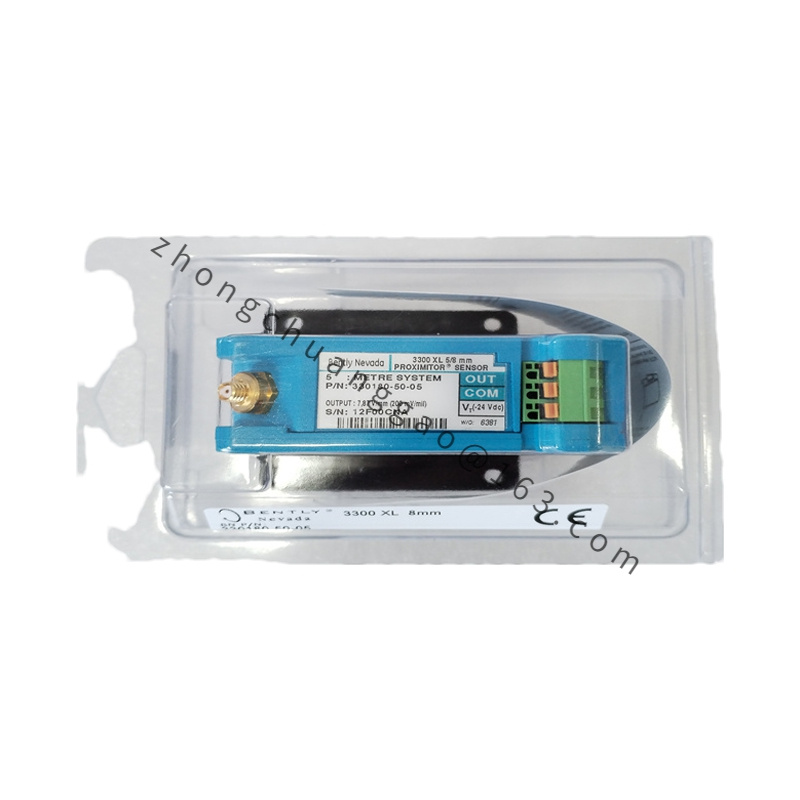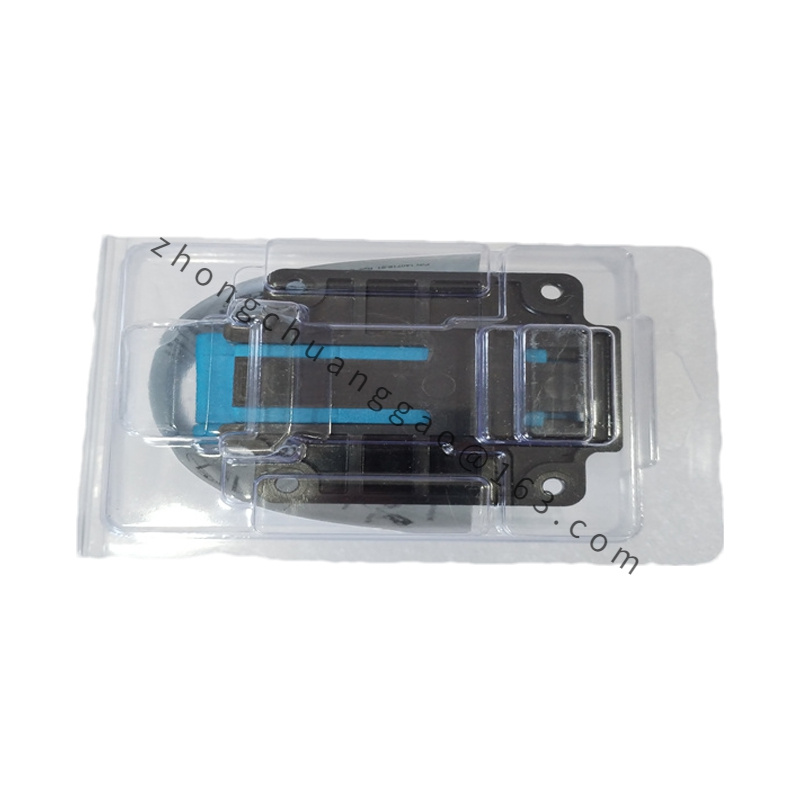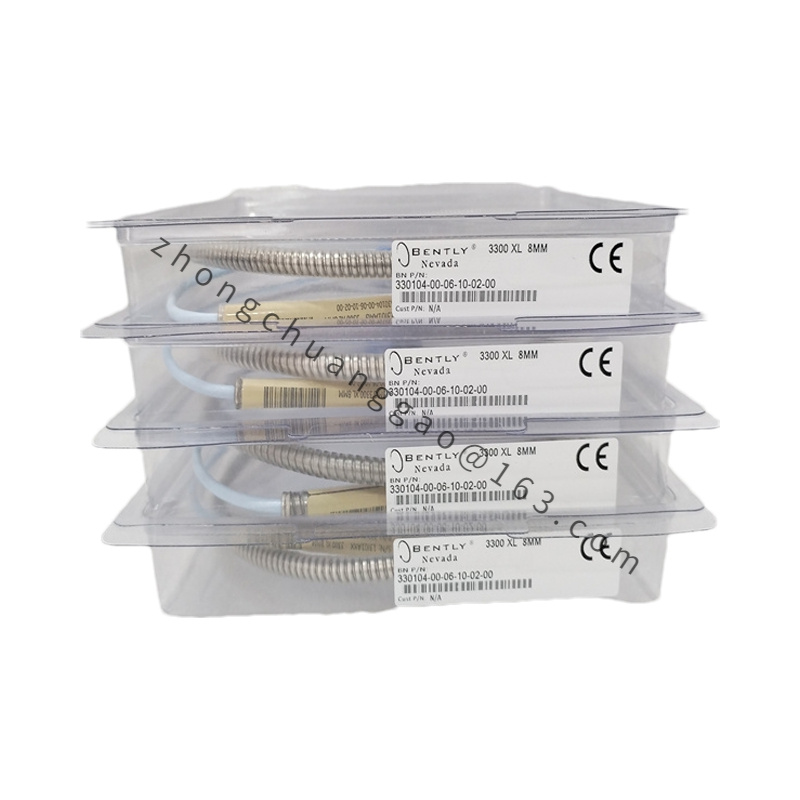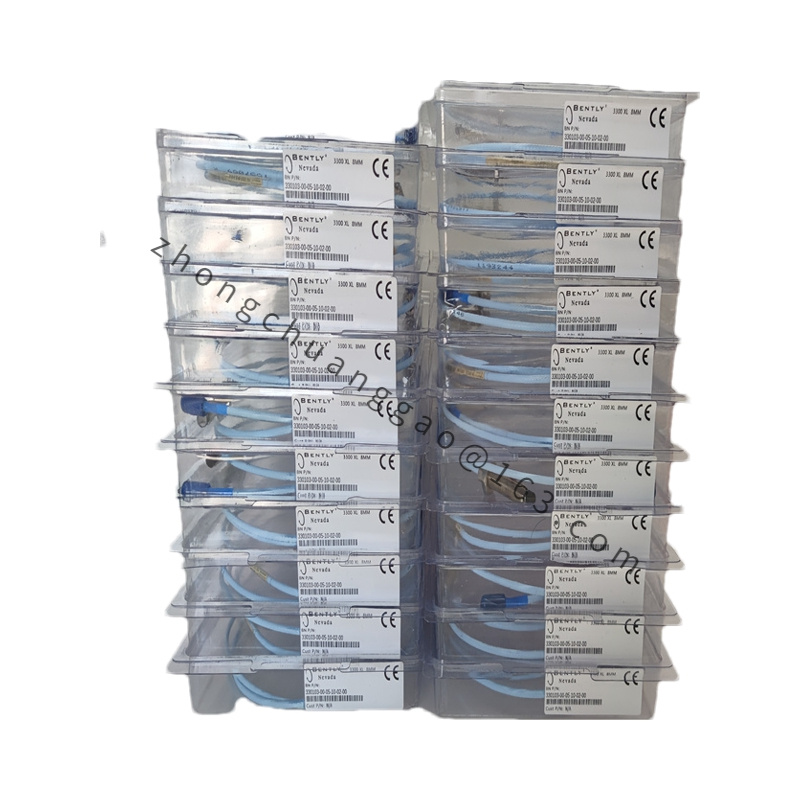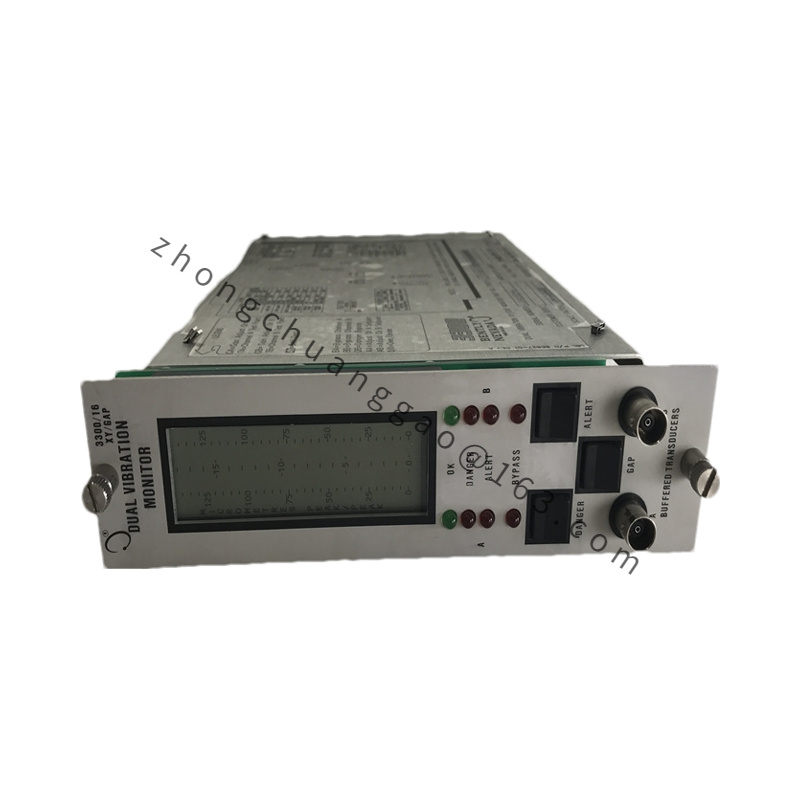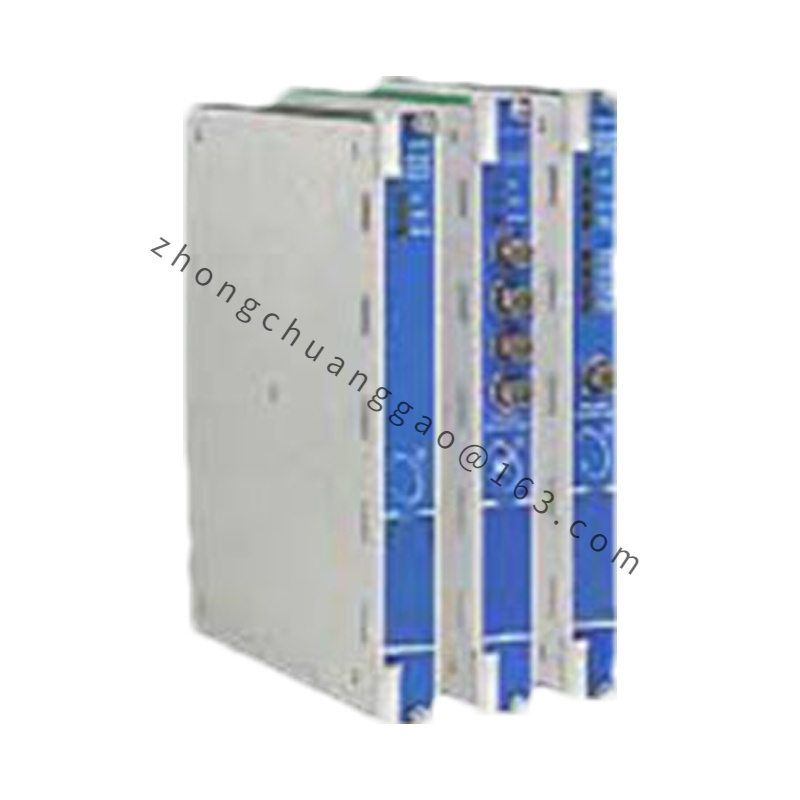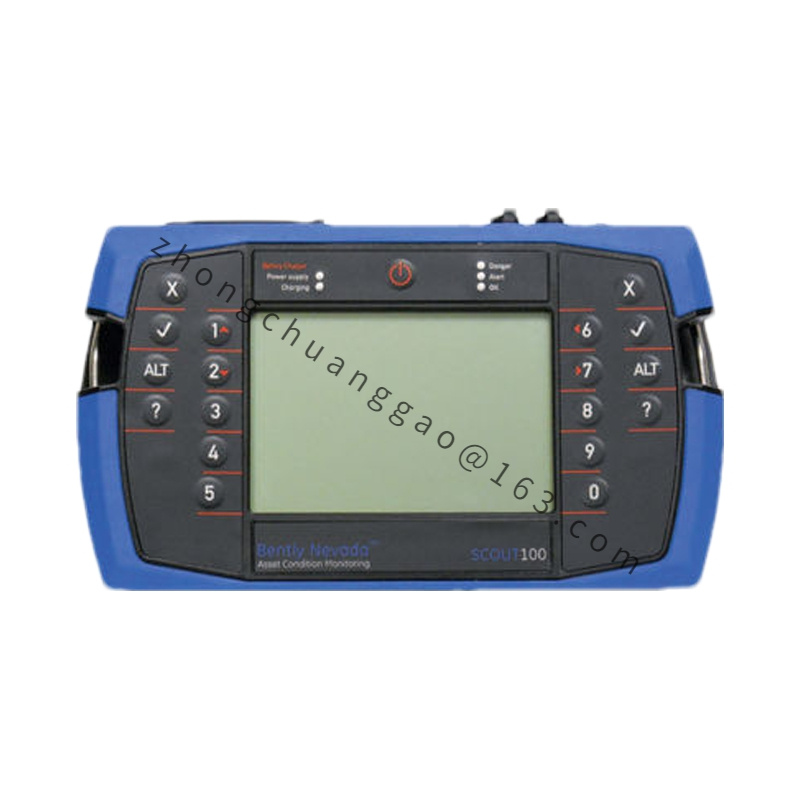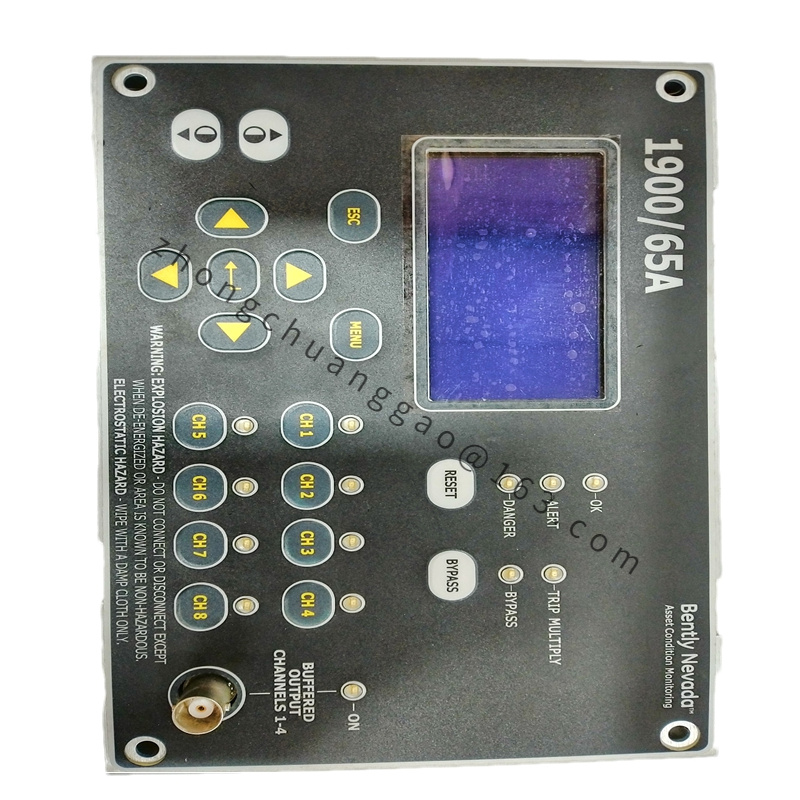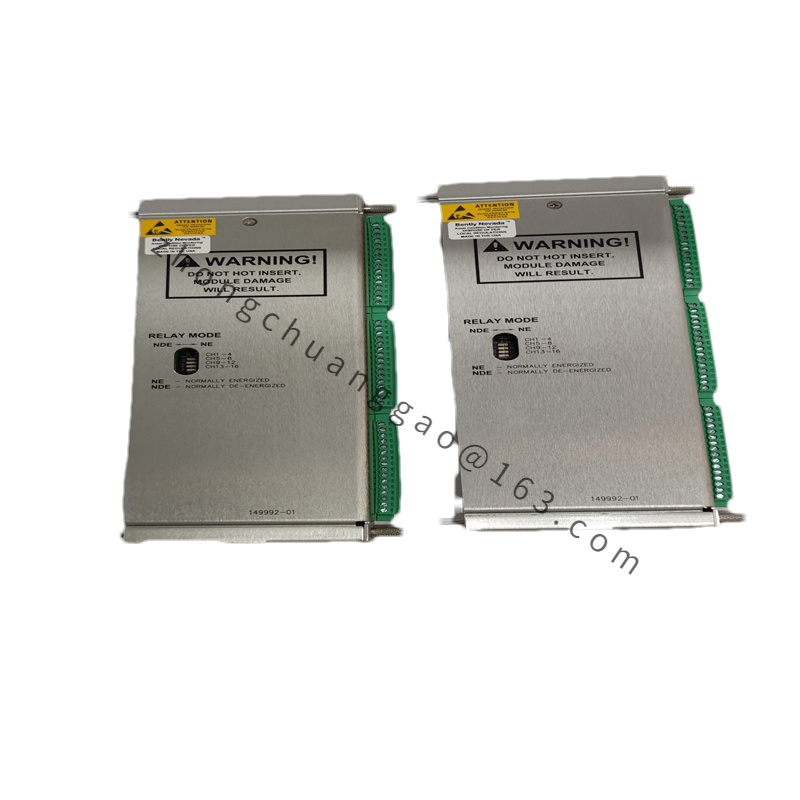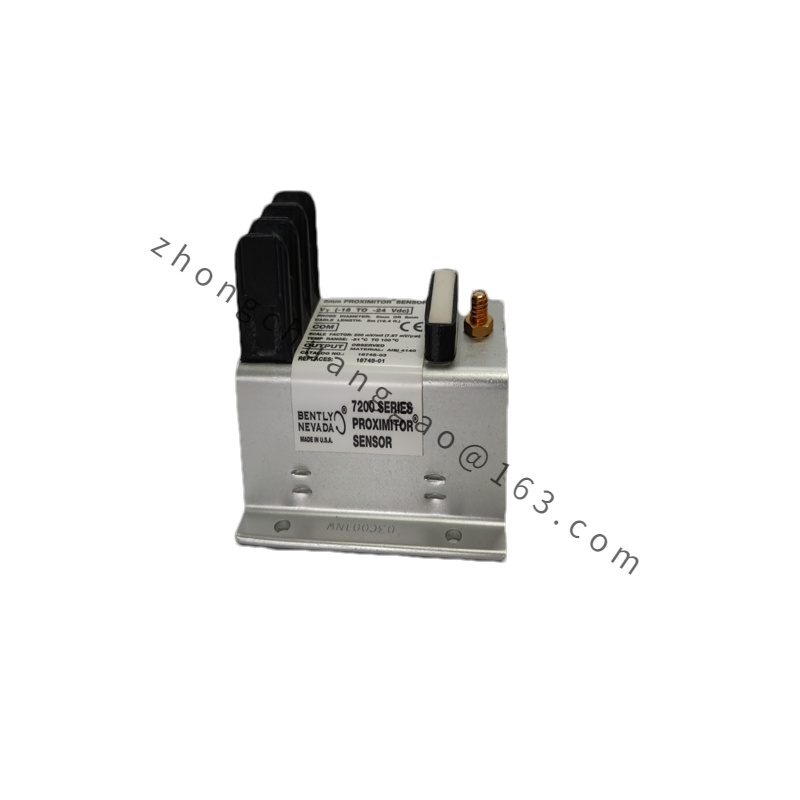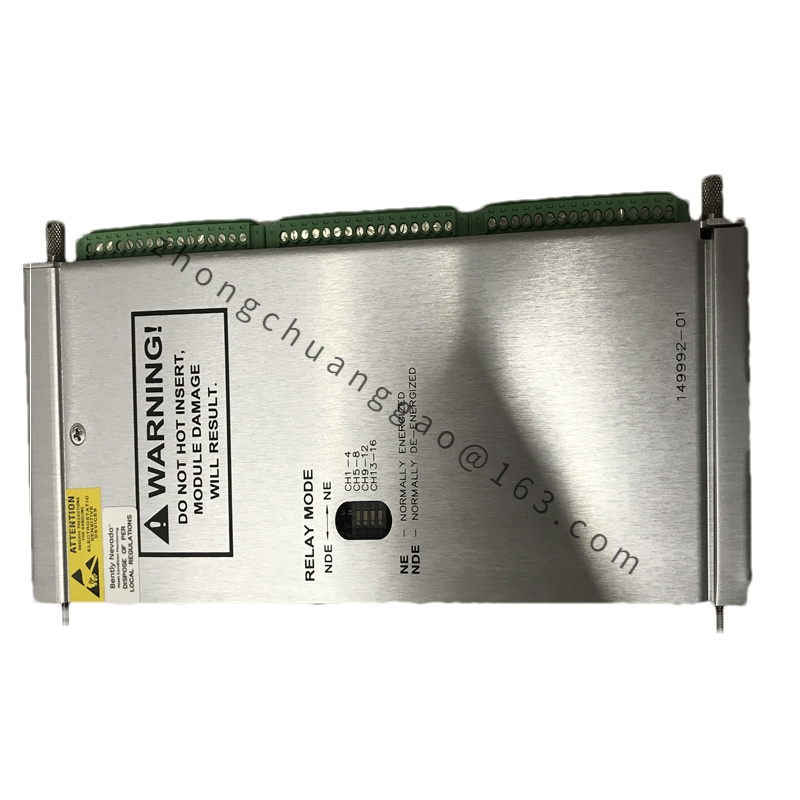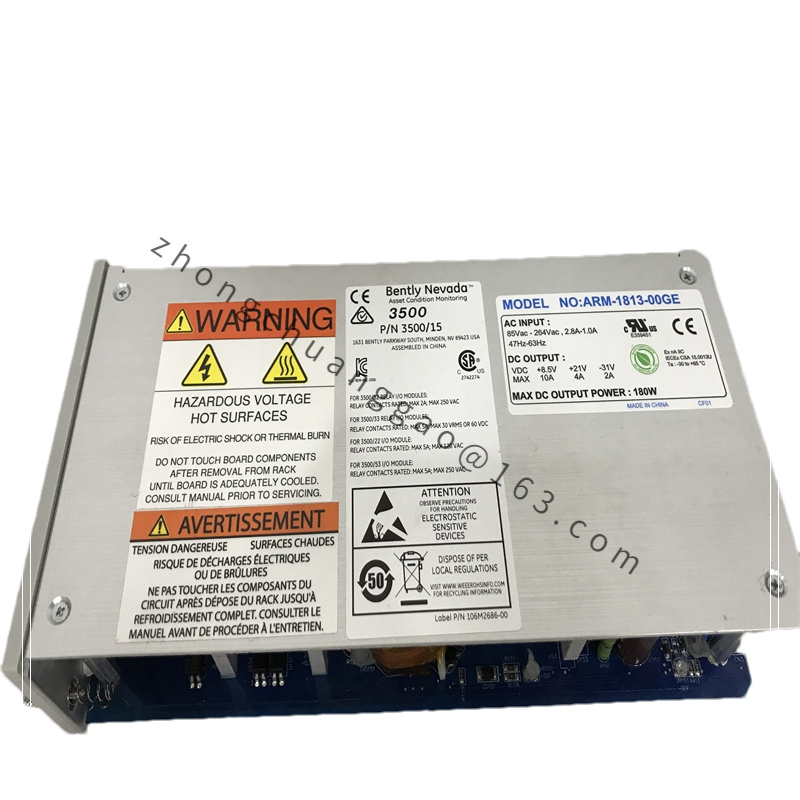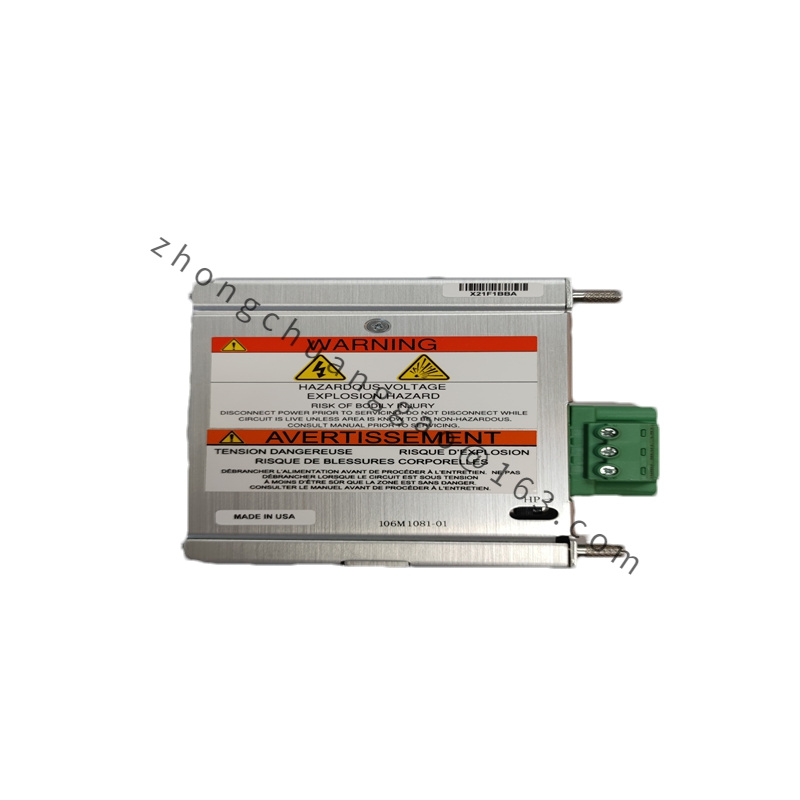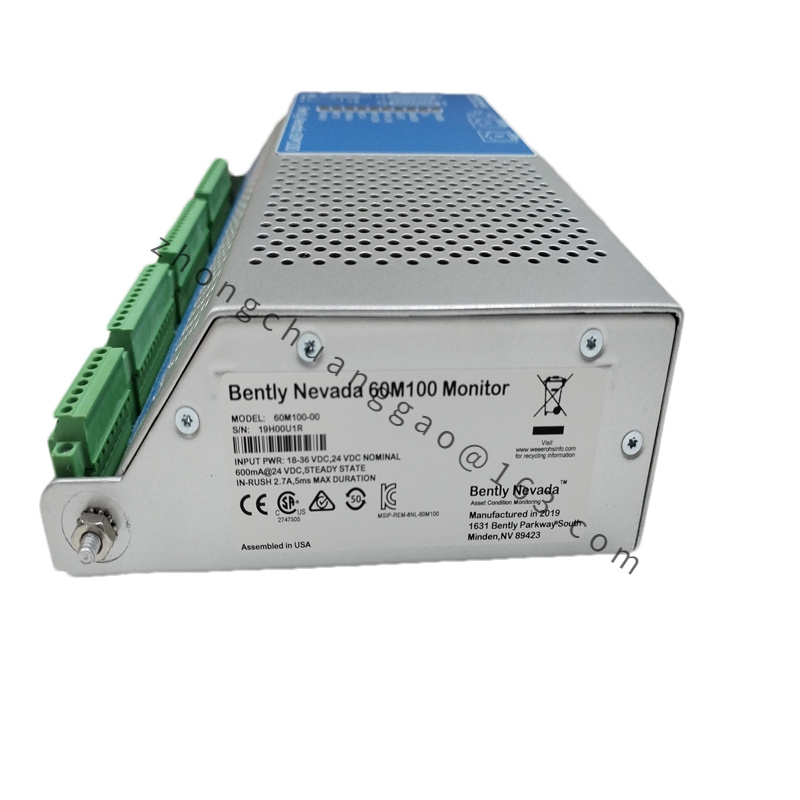Detailed content
Technical Specifications
- Model: Bently 330180-50-05
- Type: Vibration Sensor (Accelerometer)
- Measurement Range: This model measures vibration in terms of acceleration, typically with a range suitable for a variety of industrial applications. Specific details of the measurement range can be confirmed in the sensor’s datasheet.
- Output Signal: Provides an analog output, commonly configured as a 4-20 mA current loop signal. This standard output allows for integration with most industrial monitoring systems.
- Sensitivity: The sensor’s sensitivity determines how it responds to vibration, often specified in units like mV/g (millivolts per gravitational acceleration). Detailed sensitivity values should be checked in the product datasheet.
- Frequency Response: Capable of measuring a wide frequency range, from low to high frequencies, to cover diverse vibration monitoring needs. Exact frequency response characteristics are detailed in the datasheet.
- Operating Temperature Range: Generally operates in a wide temperature range, such as -40°C to +85°C (-40°F to +185°F), making it suitable for various environmental conditions.
- Protection Rating: Typically has a high protection rating, such as IP67, indicating it is resistant to dust ingress and temporary water immersion.
Features
- High Accuracy: Offers precise vibration measurements necessary for detecting small changes and potential issues in machinery.
- Durable Design: Constructed to withstand harsh industrial environments, ensuring long-term reliability and performance.
- Stable Performance: Provides stable and consistent measurements over time, which is essential for reliable monitoring and analysis.
- Ease of Integration: Compatible with a variety of vibration monitoring and control systems, facilitating straightforward integration into existing setups.
Application Scenarios
- Machinery Condition Monitoring: Used to monitor the health of rotating equipment such as motors, pumps, and compressors. The sensor helps in early detection of wear and potential failures through vibration analysis.
- Predictive Maintenance: Integral to predictive maintenance programs by providing detailed vibration data to predict equipment issues before they lead to significant downtime or failure.
- Industrial Automation: Employed in automated systems to provide continuous monitoring of machinery, helping maintain smooth operations and prevent production interruptions.
- Power Generation and Oil & Gas: Applied in critical infrastructure, including power plants and oil & gas facilities, to monitor key equipment and prevent unexpected breakdowns, ensuring operational efficiency and safety.
Usage Considerations
- Installation: Proper installation is crucial for accurate measurement. Ensure that the sensor is mounted in an optimal position to effectively measure the relevant vibrations.
- Calibration: Regular calibration is necessary to ensure the sensor’s accuracy and reliability over its operational life.
- Maintenance: Routine inspection and maintenance are important to keep the sensor functioning correctly and to address any potential issues that may arise.

